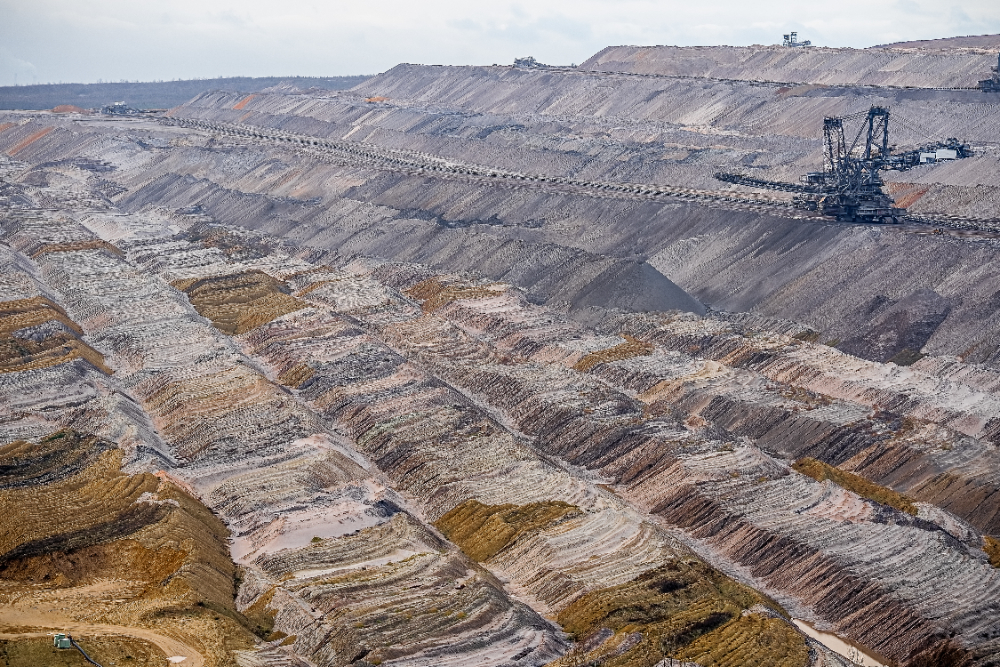

The global mining sector stands at the nexus of a critical transition toward green energy, and Africa is increasingly recognized as pivotal to this shift. According to the BDO Annual Mining Report 2024, the industry’s focus on energy transition minerals such as lithium, cobalt, and copper is driving global strategies, transforming supply chains, and reshaping the mining landscape. As the world embraces renewable energy, Africa faces both unparalleled opportunities and significant challenges in aligning mining operations with global sustainability goals.
Africa’s abundant reserves of critical minerals position the continent as a linchpin in the global green energy transformation. According to the International Energy Agency (IEA), Africa holds nearly 30% of the world’s mineral reserves, including over 70% of global cobalt resources concentrated in the Democratic Republic of Congo (DRC). Such figures highlight the continent’s critical role in supplying raw materials essential for renewable energy technologies. The DRC leads in cobalt production, contributing over 70% of the world’s supply, while countries like Zambia and Namibia are ramping up investments in copper and lithium mining, respectively. These minerals are indispensable for manufacturing electric vehicles, solar panels, and energy storage technologies.
In Zambia, First Quantum Minerals recently announced a $1.35 billion expansion of its Kansanshi copper mine, a move poised to significantly boost the local economy through job creation and enhanced infrastructure. Globally, the expansion strengthens Zambia’s position as a leading copper producer, crucial for meeting the rising demand for this metal in renewable energy and electric vehicle manufacturing. Similarly, Namibia’s lithium projects, such as Lepidico’s Karibib Mine, are set to enhance the country’s contribution to critical mineral supplies.
However, challenges persist. Political instability, weak infrastructure, and limited technological integration hinder the region’s ability to maximize these opportunities. Governments, including Zimbabwe and Namibia, have taken bold steps by introducing export restrictions on raw materials like lithium, as reported by Reuters in 2023. These policies aim to retain more value within local economies by promoting domestic processing and discouraging raw material exports. Yet, this approach requires robust industrial frameworks to translate mineral wealth into sustainable economic growth.
Environmental, Social, and Governance (ESG) considerations are transforming the global mining sector, and Africa is no exception. The report highlights the increasing expectations for mining operations to decarbonize, adopt renewable energy, and adhere to stringent sustainability protocols. South Africa’s Seriti Resources exemplifies this shift, having announced a 155 MW wind farm investment to power coal operations in Mpumalanga. Similarly, renewable energy initiatives are gaining traction in Zambia, where solar and wind projects are supplementing mining operations.
Despite progress, Africa’s mining sector lags behind in ESG reporting and standardization due to inconsistent regulatory frameworks, limited technological adoption, and insufficient financial incentives. Addressing this gap could involve harmonizing ESG standards across the continent, increasing investment in digital reporting tools, and incentivizing compliance through tax benefits or access to green funding programs. According to the report, only 36% of African mining companies disclosed energy intensity metrics as of 2022. Bridging this gap is crucial to attracting global investments and strengthening Africa’s position as a trusted source of sustainable minerals.
Additionally, companies like Anglo American have been integrating ESG principles through community-driven initiatives, including programs to improve education and healthcare in mining regions. These efforts demonstrate the potential to align business objectives with societal benefits, fostering more inclusive growth.
The BDO report underscores the growing trend of mergers and acquisitions (M&A) in the mining industry, with a focus on consolidating operations to diversify into critical minerals. Africa has attracted substantial interest from global investors, with notable partnerships forming in countries such as Zambia and the DRC. For instance, Stellantis’ $2 billion stake in McEwen Copper underscores the continent’s strategic importance in securing global supply chains for energy transition minerals.
However, geopolitical complexities remain a significant hurdle. The DRC’s cobalt sector, for instance, faces challenges ranging from artisanal mining practices to fluctuating regulatory environments. To ensure long-term stability and growth, Africa’s mining stakeholders must address these concerns through innovative public-private partnerships and regionally integrated policies.
Africa’s mining industry is at a crossroads. Investments in advanced technologies, such as AI-driven exploration and automated mining systems, offer pathways to improved efficiency and sustainability. South Africa’s Anglo American has pioneered autonomous haulage systems, reducing operational costs and improving safety in challenging mining environments. Similarly, solar-powered mining projects in Namibia and Ghana are reducing dependency on fossil fuels, aligning with global decarbonization goals.
For instance, B2Gold’s solar project in Mali—the first of its kind in West Africa—has significantly reduced carbon emissions while cutting operational costs, as reported in the company’s sustainability updates and corroborated by third-party energy analysts in the region. Such projects serve as benchmarks for sustainable mining practices across the continent.
Building a resilient future requires collaboration across governments, private investors, and local communities. Notable examples include South Africa’s partnership between Seriti Resources and wind farm developers, which integrates renewable energy into mining operations, and Zambia’s collaboration with First Quantum Minerals to improve infrastructure around copper mines. These models demonstrate how joint efforts can address both operational challenges and community development needs. Transparent governance, equitable resource-sharing frameworks, and sustained investment in infrastructure are key to unlocking Africa’s full mining potential.
Africa’s vast mineral wealth offers unparalleled opportunities to lead the green energy revolution. By embracing sustainable practices, strengthening ESG compliance, and leveraging cutting-edge technologies, the continent can position itself as a global leader in ethical mining. However, success will depend on proactive strategies to address political, economic, and environmental challenges. As highlighted in the BDO report, Africa’s mining sector holds the promise of becoming not only a cornerstone of the global energy transition but also a catalyst for inclusive and sustainable economic development across the continent


